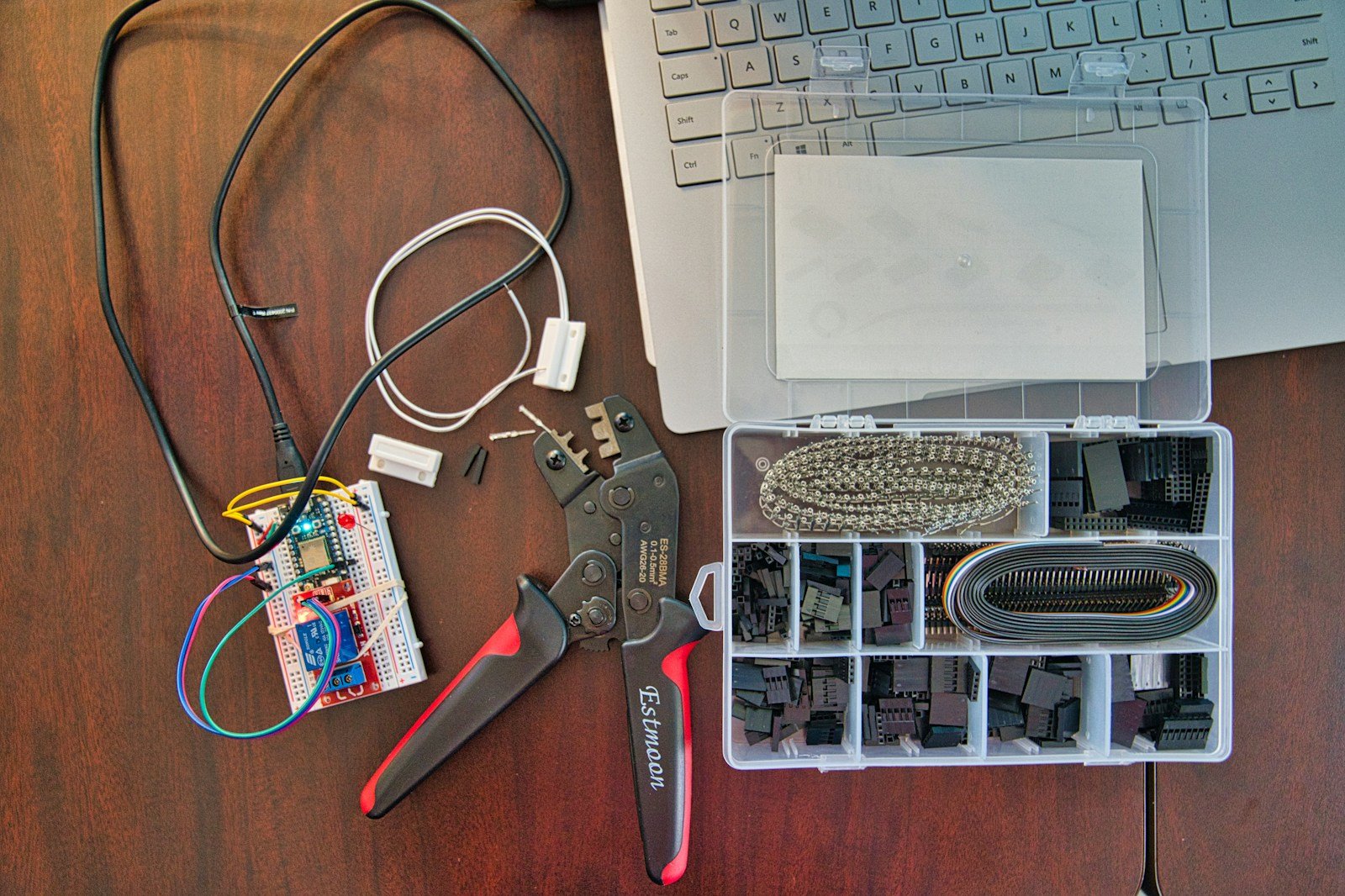Explore the top ten disadvantages of the Internet of Things (IoT) including security risks, privacy concerns, interoperability issues, high implementation costs, and more. Understand the potential drawbacks to make informed decisions about integrating IoT in your daily life or business operations.
10 Disadvantages of IoT: Introduction
The Internet of Things (IoT) is transforming the way we live and work, connecting everyday devices to the internet. This technological marvel promises unparalleled convenience and efficiency. However, like any innovation, IoT comes with its share of disadvantages. In this blog post, we’ll explore the top ten drawbacks of IoT.
1. Security Risks
One of the most significant disadvantages of IoT is the increased exposure to security risks. Each connected device is a potential entry point for cybercriminals. These vulnerabilities can lead to unauthorized data access, breaches, and other malicious activities.
2. Privacy Concerns
As IoT devices collect vast amounts of personal data, privacy concerns inevitably arise. There is a constant fear that sensitive information could be exploited or misused by companies, hackers, or even government entities.
3. Interoperability Issues
IoT devices often come from various manufacturers, leading to interoperability challenges. Without a standardized framework, ensuring seamless communication between devices can be problematic, limiting the full potential of IoT.
4. High Implementation Costs
Although IoT promises significant long-term benefits, the initial costs of implementation can be substantial. These expenses include purchasing devices, setting up networks, and ongoing maintenance.
5. Bandwidth Challenges
IoT devices require substantial bandwidth to function effectively. In areas with limited internet connectivity or bandwidth, the performance of IoT systems can be severely hampered.
6. Complexity
The integration of IoT devices into existing infrastructures can be highly complex. The intricate setup, monitoring, and management processes may require specialized technical expertise, making it challenging for some organizations to adopt IoT.
7. Power Consumption
The continuous operation of numerous connected devices can lead to increased power consumption. This not only raises energy costs but also contributes to environmental concerns.
8. Data Overload
IoT systems generate a vast amount of data. Managing, analyzing, and deriving meaningful insights from this data can be overwhelming, requiring advanced data analytics solutions and considerable storage capacity.
9. Dependency on Network Availability
IoT devices are heavily dependent on network availability. Network disruptions or downtime can lead to significant losses in productivity and functionality, impacting operations that rely on IoT systems.
10. Unemployment Concerns
The automation capabilities of IoT may lead to job displacement in certain industries. As machines and smart systems take over routine tasks, there is growing concern about the potential loss of employment opportunities for human workers.
Conclusion
While IoT offers incredible advancements and benefits, it is critical to acknowledge and address its disadvantages. By understanding these drawbacks, stakeholders can work toward mitigating risks and ensuring that the integration of IoT maximizes its potential while minimizing negative impacts.

Leave a Reply